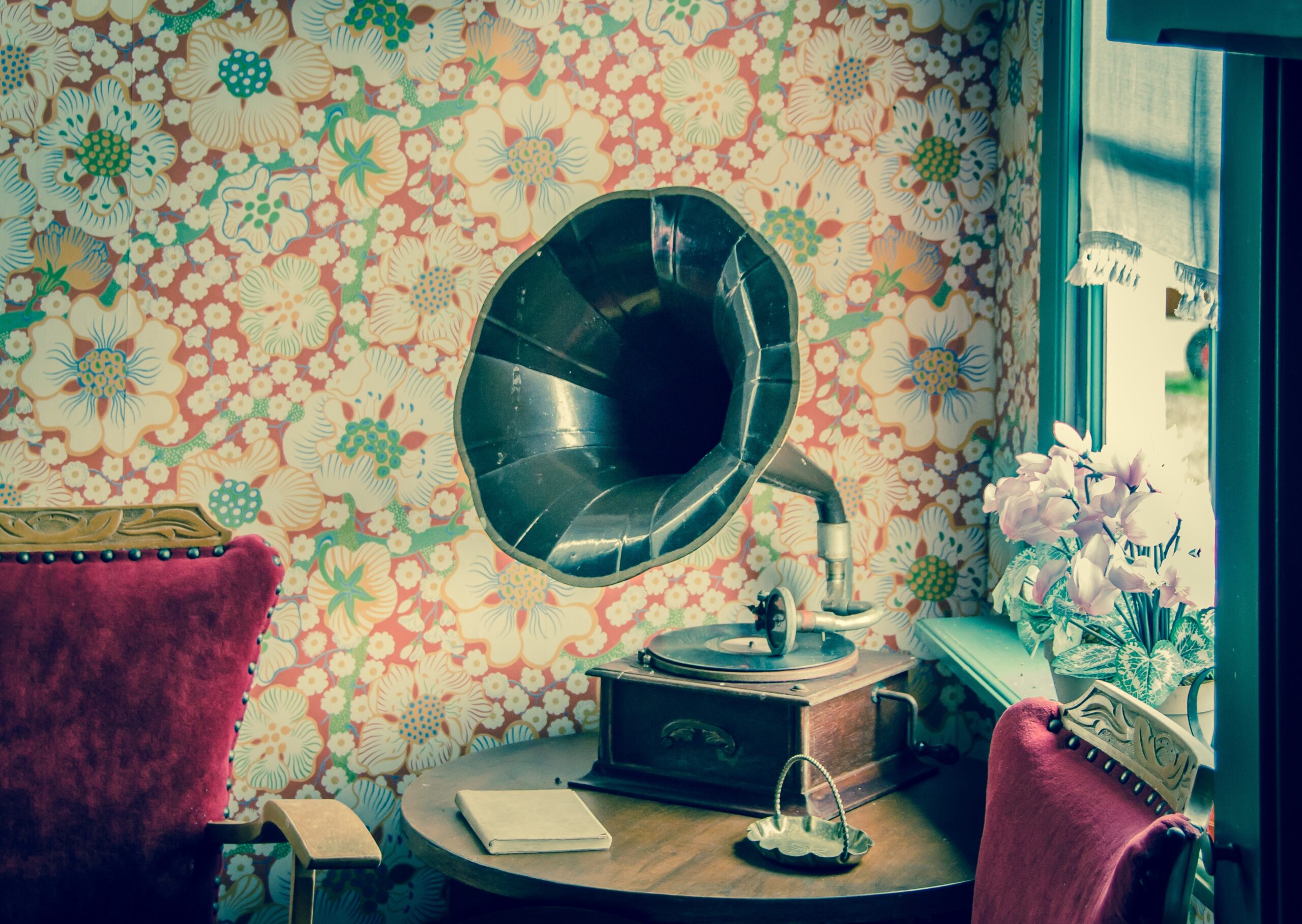What’s the history of the EP & LP?
What’s the history of the EP & LP?
In order to answer this question, we need to take a quick lesson on the history of music distribution. As we mentioned in a previous blog post, vinyl records were invented in the 1940s and were the predecessors of CDs and digital audio recordings. Lately, vinyl has been making quite the comeback, and we even hopped on the bandwagon with our limited-edition vinyl record of Lovers & Love Songs, which is available in our store today.
But what came before vinyl records?
The phonautograph, invented in 1857 by a French printer and bookseller named Léon Scott, is the earliest example of musical recording. Although the phonautograph didn’t actually produce any audible sound, it did record sound waves as graphical tracings on sheet paper. These tracings weren’t used to play the music back, but rather to analyze it visually.
In 1877, Thomas Edison invented the phonograph, which was groundbreaking in its ability to both record and reproduce sound. Edison’s hollow wax cylinder became the most predominant form of musical recording in the early 20th century.
This cylinder, however, could only play for about two minutes, which led Emile Berliner to pioneer lateral-cut disc records and the gramophone. Initially, the cylinders still had better sound quality, but eventually, Berliner improved the mechanisms of the gramophone and created 12-inch records in 1903, which could play music for over four minutes! Thus began the short-lived format war between cylinders and discs, with analog discs ultimately winning, and dominating the industry until the 1980s when digital compact discs were invented.
Alright, so now that you know all about the history of music recording and distribution, you’re probably wondering, where do EPs and LPs fit into all of this?
Well, since phonograph cylinders could only hold two to four minutes of audio, all music releases in the early 1900s were essentially singles. These singles became known as SP, meaning standard play.
Then, in the mid-20th century there was a format battle between Columbia’s 33 1/3 rpm LP (Long Play) and RCA Victor’s 45 rpm. Columbia’s LP held up to two complete songs, while RCA’s version held one song on each side with better sound quality. In 1952, RCA then invented another improvement with the EP (Extended Play) 45, which had twice the recording time.
So, essentially, the EP and LP arose from a commercial battle akin to the competition between Blu-rays and DVD. The LP, however, with its ability to hold more content gained more traction than the EP.
Today, however, artists who are just starting out in their careers often release EP albums, which only have 4 to 6 songs and are thus easier and cheaper to produce than LP albums, which have 10 to 12 tracks or more.
Here at Night Is Alive, we mostly produce LP albums, like our new 2022 release, Old New Borrowed & Blue, which merges the musical artistry of new songs with jazz classics. Old New Borrowed & Blue is available in our store and on all major music platforms!
This post was written by Blog Editor, Jacqueline Knirnschild.


